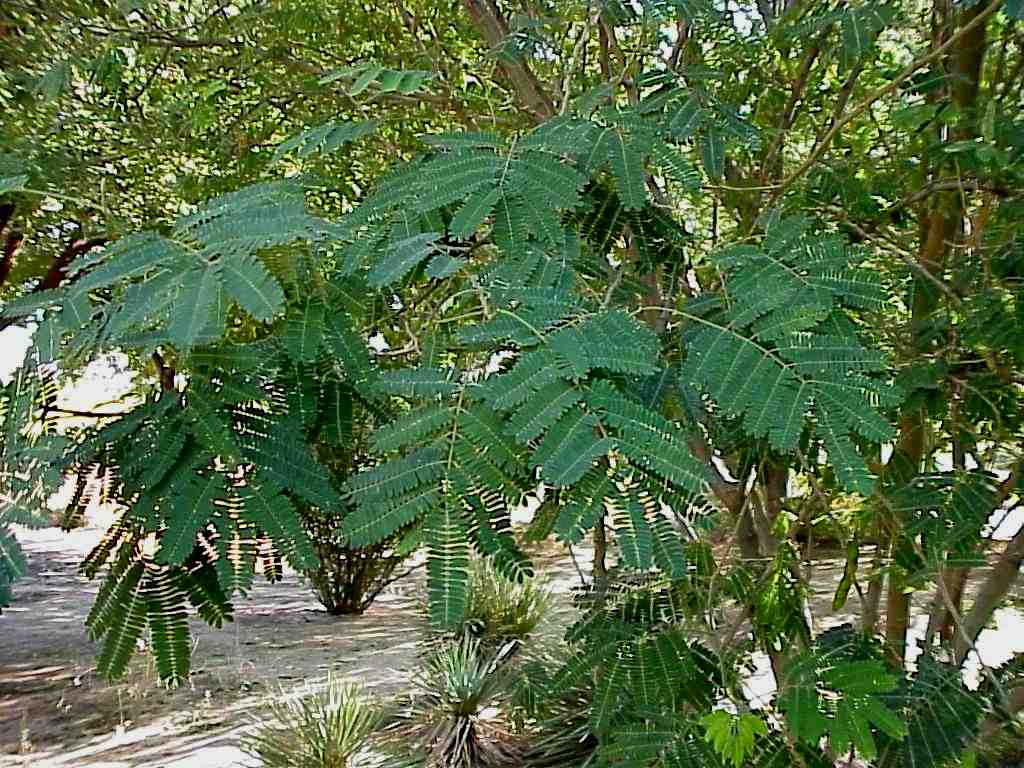


Pithecellobium pallens
(Havardia pallens)
Tenaza
Foliage: Evergreen
Mature Height: 10’ - 30’
Mature Width: 10’ - 18’
Growth Rate: Fast
Hardiness: 15 degrees F
Exposure: Full Sun
Leaf Color: Green
Shade: Filtered
Flower Color: Cream
Flower Shape: Ball
Flower Season: Spring
Thorns: Yes
Propagation Method: Seed
Sizes Available: #25
.jpg?crc=284652820)

Pithecellobium pallens (common names Tenaza or Ape's Earring) is another specie that could be used more widely in the southwest. The branches are long, upright and straight, giving the tree a vertical, almost columnar growth habit. Small thorns are found on juvenile trees but, as trees mature, the new growth is nearly thornless. Leaves resemble those of Sweet Acacia with multiple small, light green leaflets that produce an open canopy and filtered shade. Its more columnar growth allows its use in side yards, as a screen planting or hedge, between buildings, along fences or other locations where space is limited. Field evaluations showed Tenaza was hardy to about 15 F, sustaining only limited leaf burn at this temperature.
Some literature suggests that P. pallens grows as a large shrub, maturing at 10' to 15' while others report mature trees at 20' to 30'. Its growth rate and mature size have not been fully evaluated in desert landscape conditions. Experience to date, with trees in landscapes, tends to support the larger mature height. It has a fairly fast growth habit and takes full sun. From Spring to Fall (generally after rains or irrigation) clusters of creamy white, fragrant, powder-puff flowers, similar to those on Fairy Duster (Calliandra eriophylla), cover the branches. These flower displays are very showy and add to the value of Tenaza as an accent or specimen tree. Trees require regular supplemental irrigation during the hot desert months. Without summer irrigations trees will go summer deciduous.


© Copyright 2000-2020 Arid Zone Trees